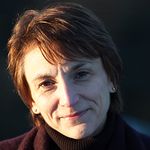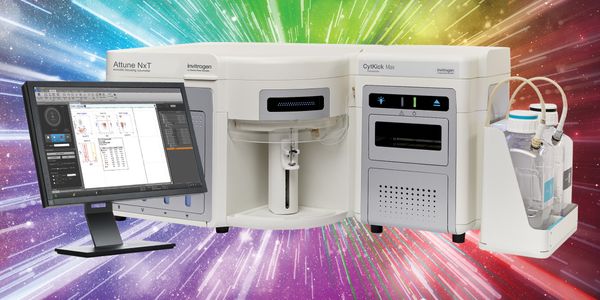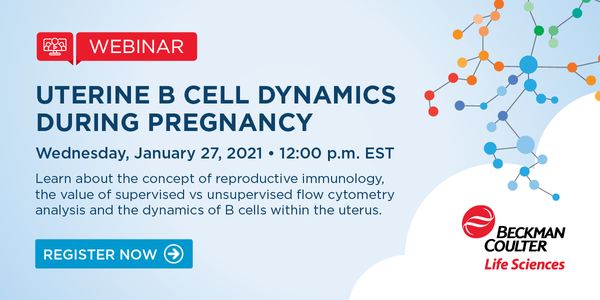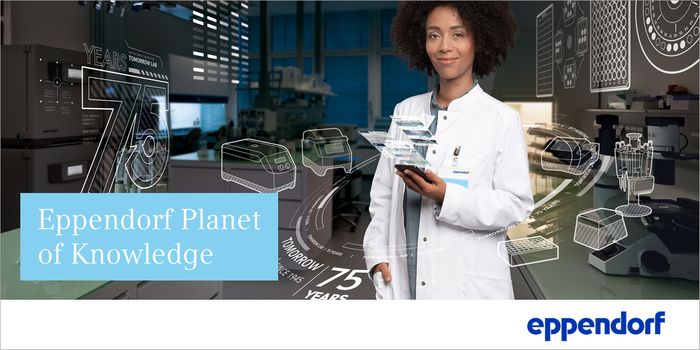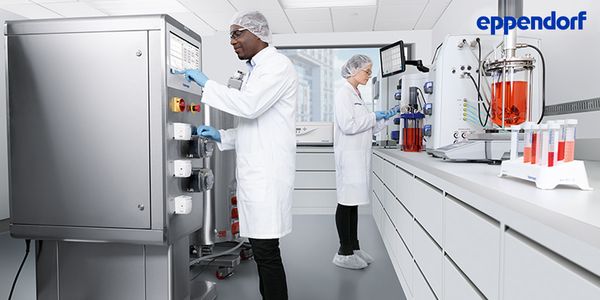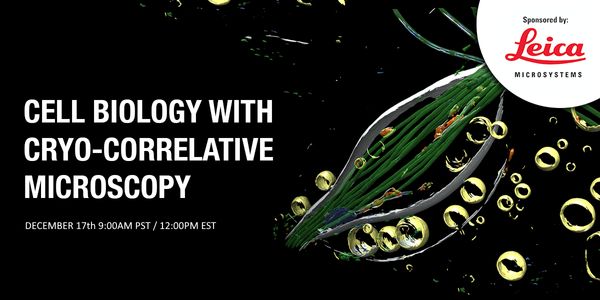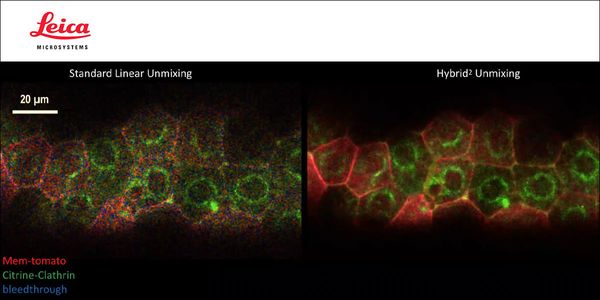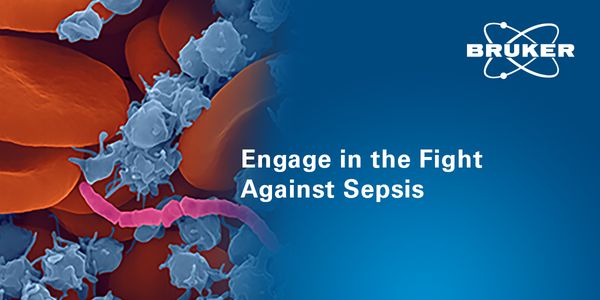Continuing Education Credits
By participating in our virtual events and webinars, you can earn Continuing Education credits. Each event offers different educational credits based on the content of the event and the eligibility of the presentation.
Show More
-
FEB 10, 2021 | 6:00 AM PSTLabroots is pleased to announce the 10th annual Laboratory Animal Science (LAS) Virtual Event Series which will take place on February 10th 2021....
-
Primates have been essential in unlocking novel immune mechanisms that have driven development of groundbreaking new drugs in infectious disease and transplantation, amongst others related t...
Many of the most debilitating and life-threatening diseases are associated with the central nervous system. Some, such as neurodegenerative diseases, predominately afflict our aging populati...
Handling laboratory animals can stimulate stress and anxiety that negatively impacts animal welfare and introduces a substantial confounding factor in many areas of scientific research. Howe...
Organoids are emerging tools to study homeostatic function and disease of human organs. This technology has now for the first time been extended to reptiles by establishing cultures of the s...



